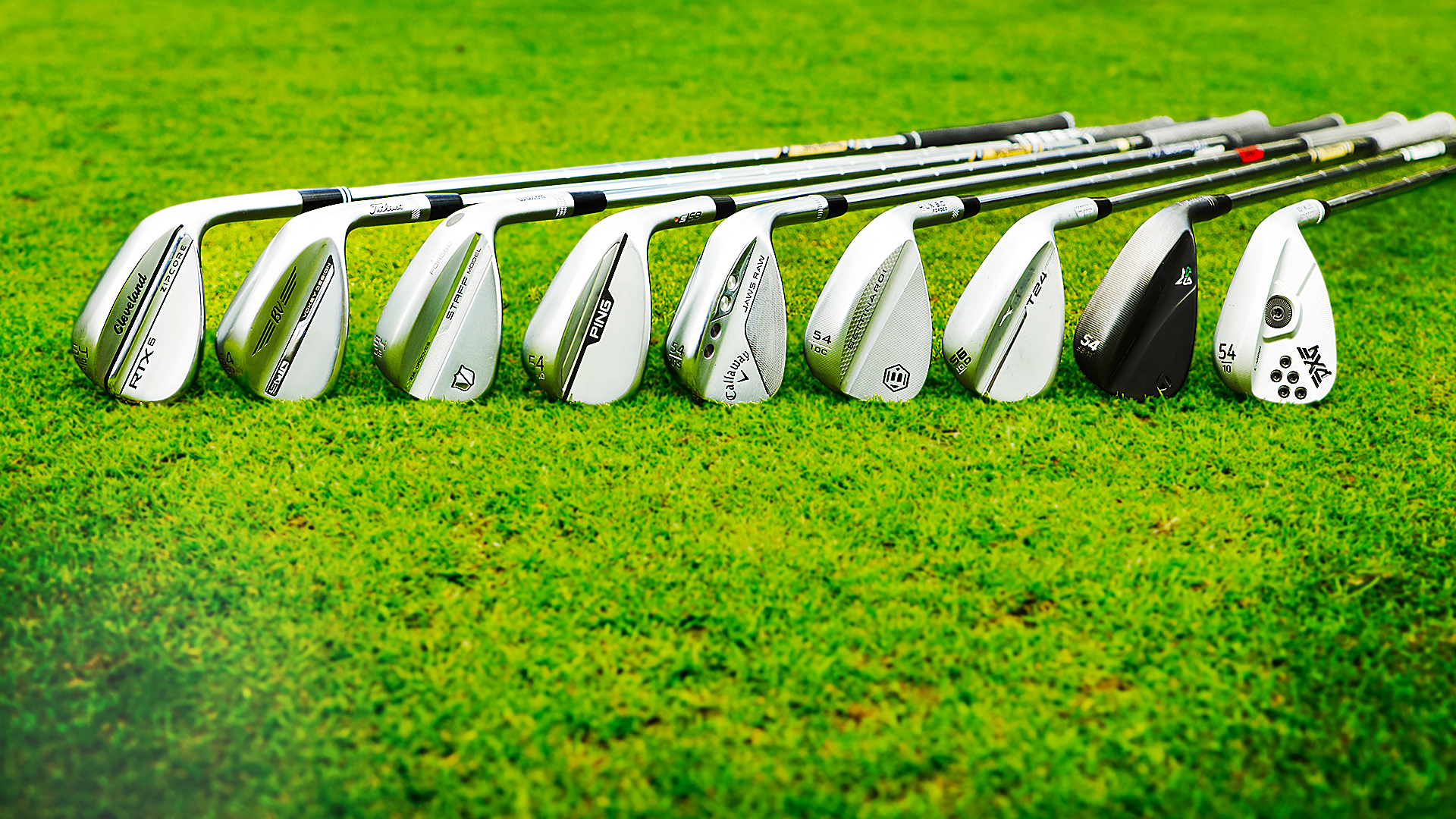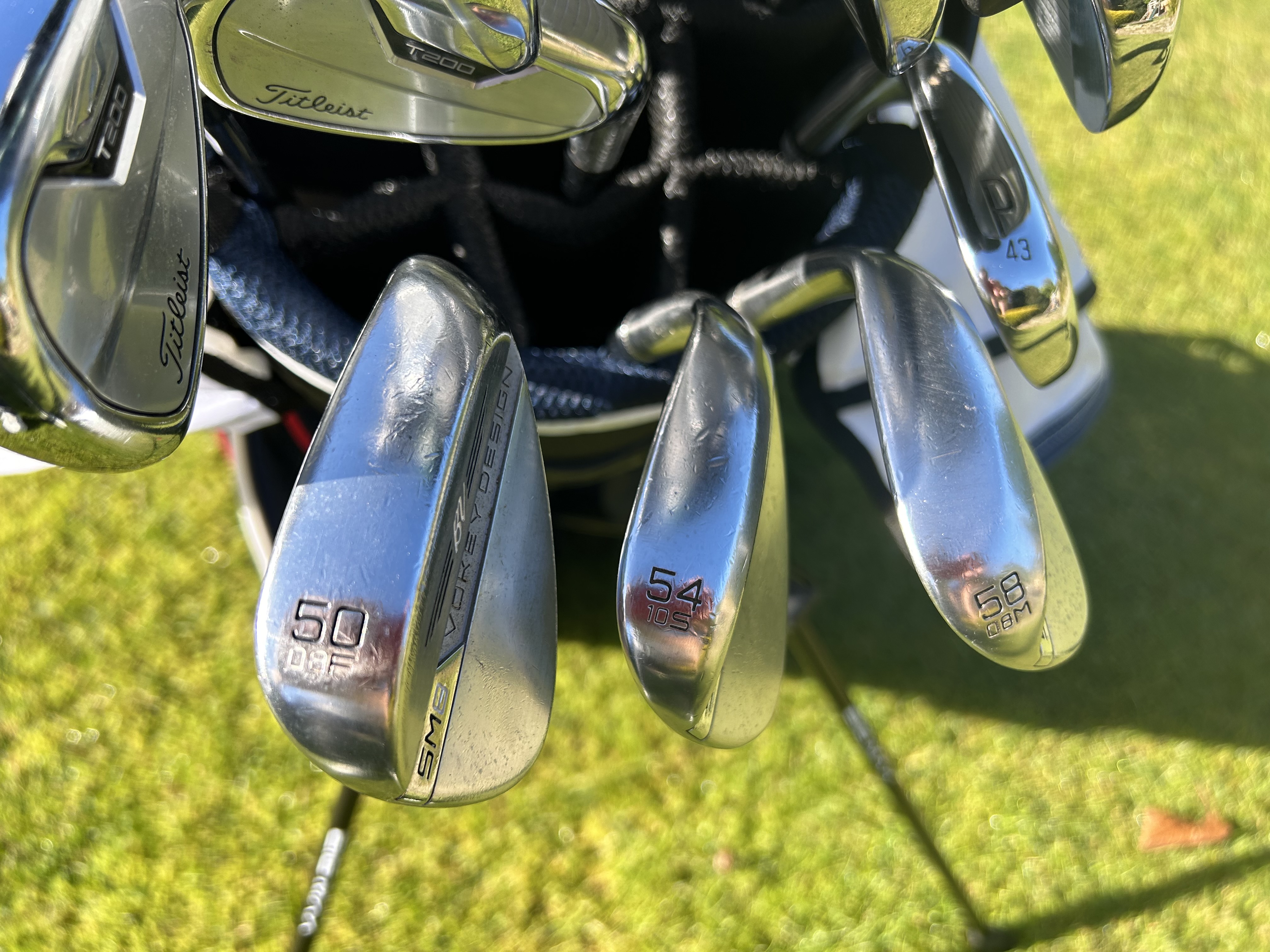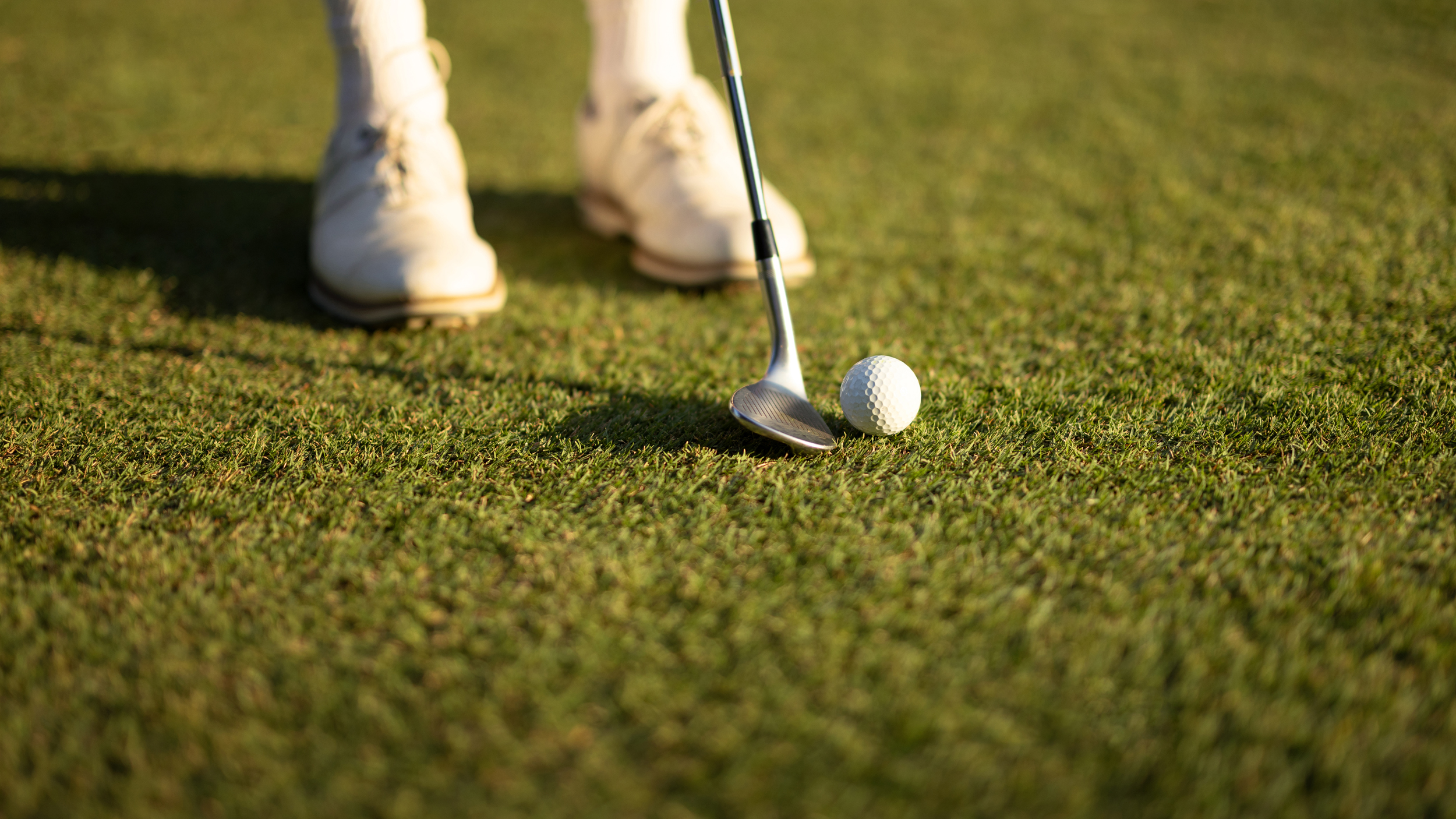
How many wedges should I carry in my golf bag? It's a question many a teaching pro and fitting expert will get asked. It's a good question to ask, too.
With room for just 14 clubs in the bag, it can be difficult deciding which ones to put in and which ones to leave out. In the video below, we look at some of the factors you should be taking into account.
To reach a decision on what wedges you’re going to carry, it’s best to start by evaluating your whole game. Questions you might want to ask yourself or discuss with your PGA professional and/or fitting pro, include: what are your strengths? How often do you use certain golf clubs? What sacrifices are you willing to make? How many different clubs do you hit chips with?
For many golfers, it comes down to a choice between losing a wedge and adding a fairway wood. By doing this, it improves your chances of hitting more long par 4s and par 5s. However, if you lose a fairway wood and add a wedge, it means you can hit more full shots into greens, therefore avoiding those awkward half and three-quarter shots from around 120 yards.
What lofts are wedges?
Wedges typically range between 43-64°. The lofts are usually displayed on the heads. A standard set of irons will normally come with a pitching wedge, and it’s then down to you to fill the rest of the bag. Generally speaking, pitching wedges will be lofted from 43-50°, gap wedges from 50-54°, sand wedges from 54-58°, and lob wedges anywhere from 58-64°.

Two wedge system
Some players use the ‘clock face' system when it comes to hitting their wedges. This is where distance is controlled by the hand position in relation to an imaginary clock face (six o’clock being the ball position).
This method allows players to confidently hit certain yardages on a consistent basis. If you do decide on this method, then you may well benefit from dropping a wedge and carrying an extra fairway wood or hybrid.
If this is your preferred choice, we would recommend opting for a pitching wedge around 48° and a sand wedge around 56°. This will give you a reasonably even gap from your 9-iron, which is usually lofted between 40-42°.
This option will leave you with a reasonable gap from 48-56˚, but if you are confident hitting half shots with your wedge, it allows for another option at the other end of your bag.

Three wedge system
Arguably the most common choice for club golfers, the three wedge system leaves you with room for two fairway woods, which is often more important for players who lack the distance that Tour professionals produce.
If you do choose a three wedge system, we'd recommend something along the lines of a pitching wedge at 46°, a gap wedge at 52°, and a lob wedge at 58°.
Four wedge system
Longer hitters will naturally leave themselves more wedge shots into greens. If you are hitting the ball consistently further than 280 yards off the tee, then this will most likely be best for your game. If you are not comfortable hitting half wedge shots, more options will also let you commit to a full swing more often.
If you go for this method, the best way to achieve your ideal gaps between clubs is to get even loft gaps. So, starting from a stock 46° pitching wedge, you can then add a 50° gap wedge, 54° sand wedge, and a lob wedge at 58°, which should equate to 8-12 yard gaps for the average golfer.

DO I NEED A 60 DEGREE WEDGE IN MY BAG?

A wedge with high loft like this can help you to get up and down if you're short-sided, and it’s a useful weapon to have for a number of other shots.
However, using a club such as this requires a lot of confidence and skill. Thin shots and duffs are common mistakes amongst club golfers when they have a lot of loft in their hands, so you need to be honest with yourself as to whether you have the skill level to get the most out of this club.
A lot of mid to high handicappers would be best advised to use less loft on shorter shots, if the situation allows, instead of going the aerial route. However, if you have a lot of small greens protected by bunkers, it would be wise to carry a 60° wedge – just make sure you practise with it.







